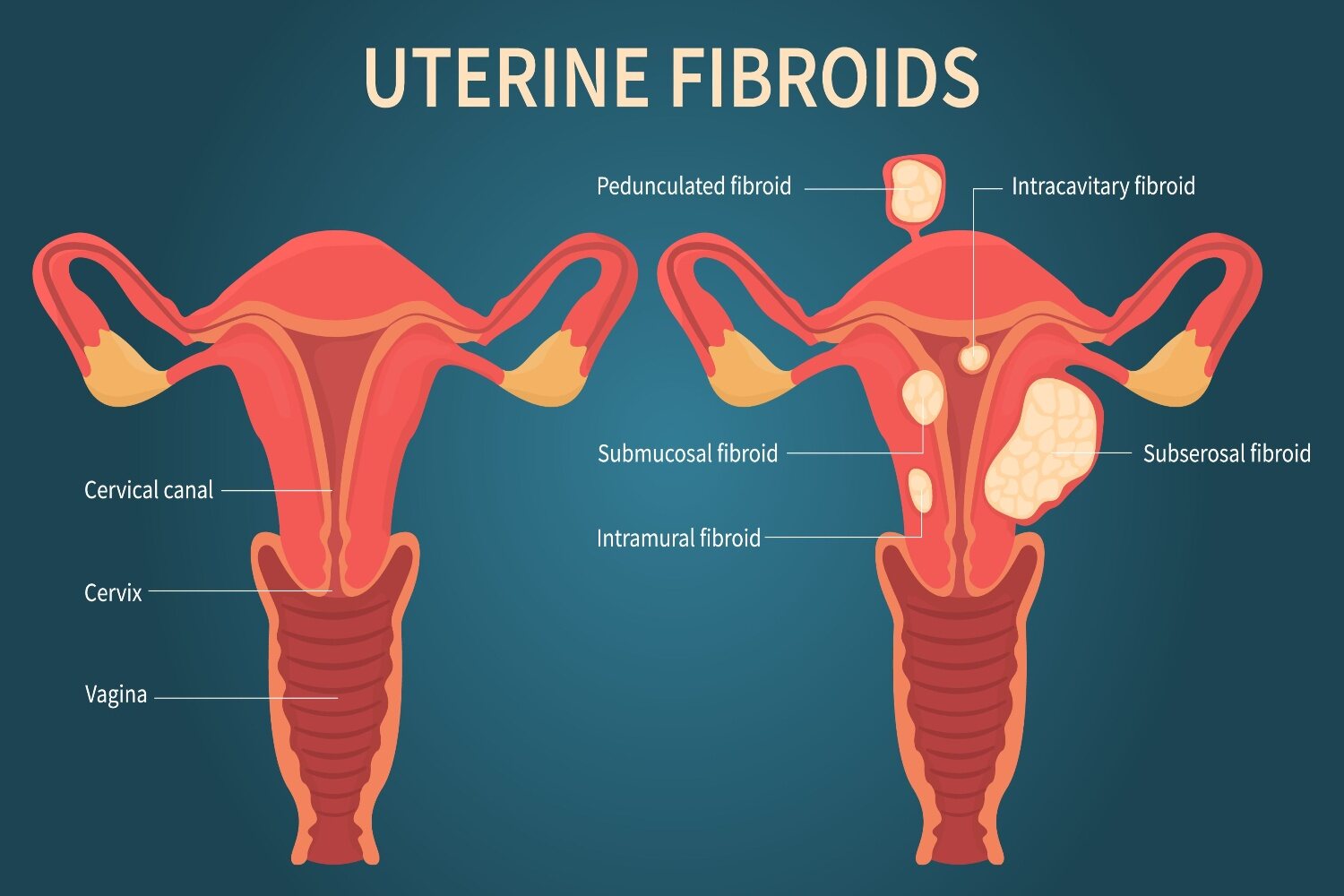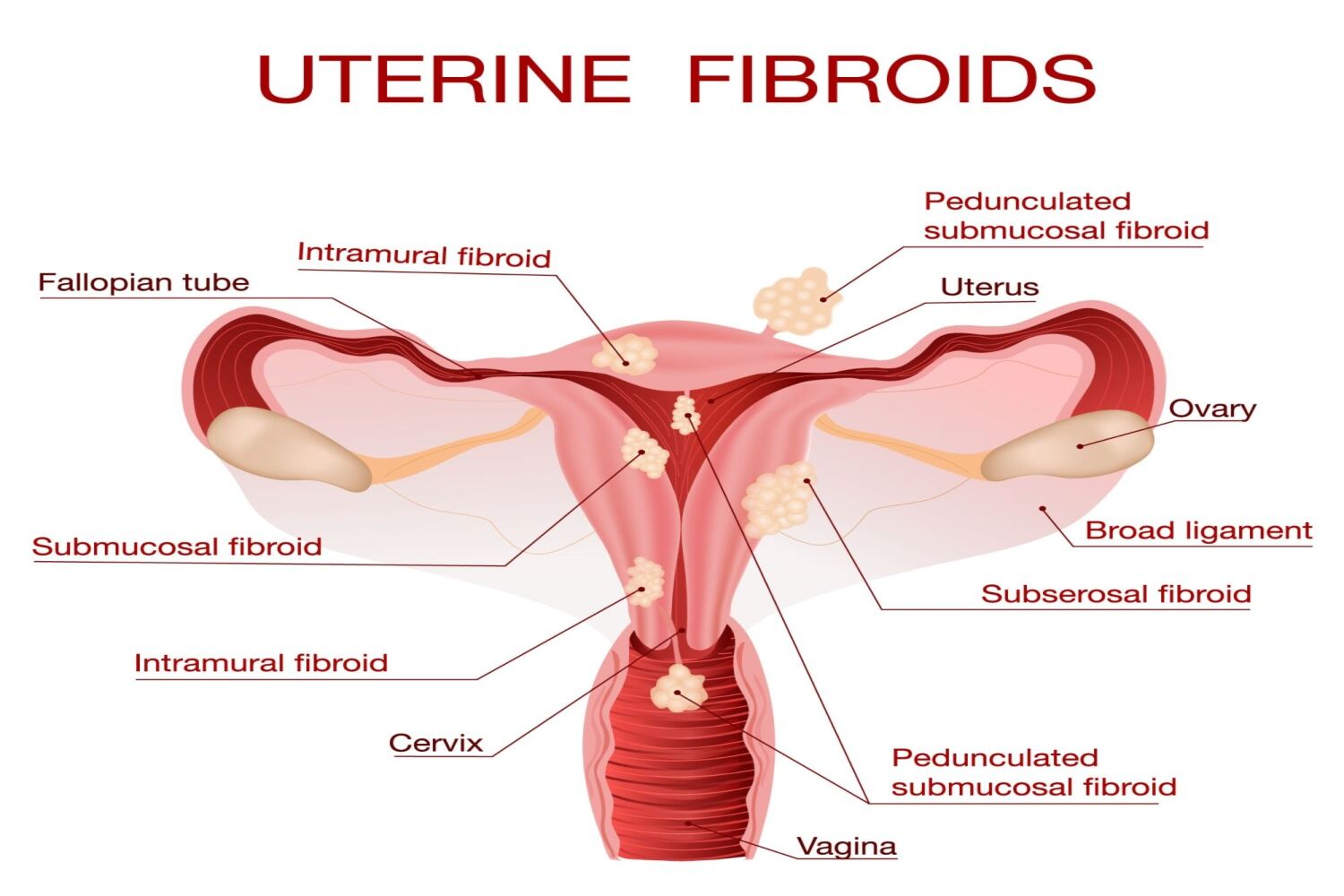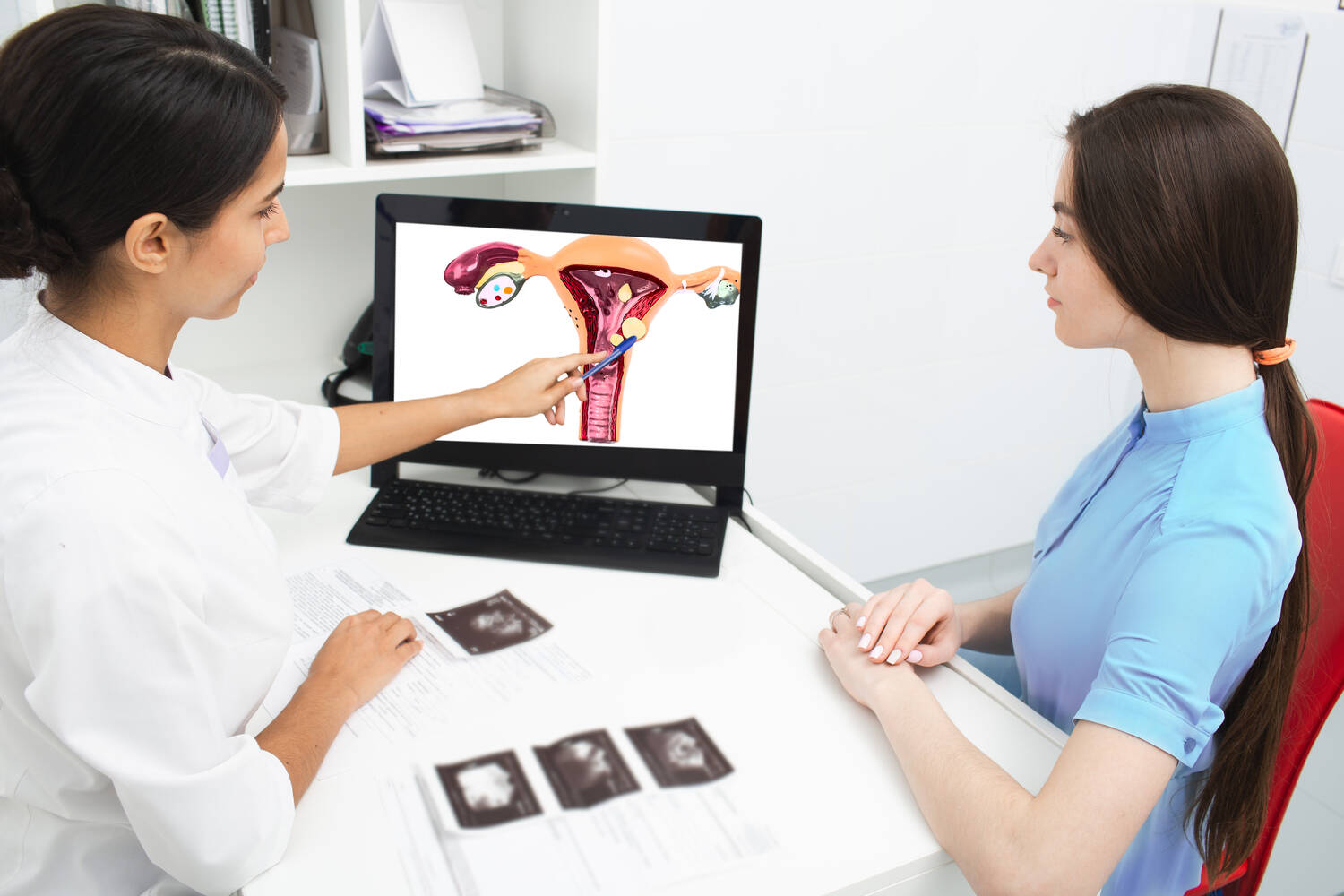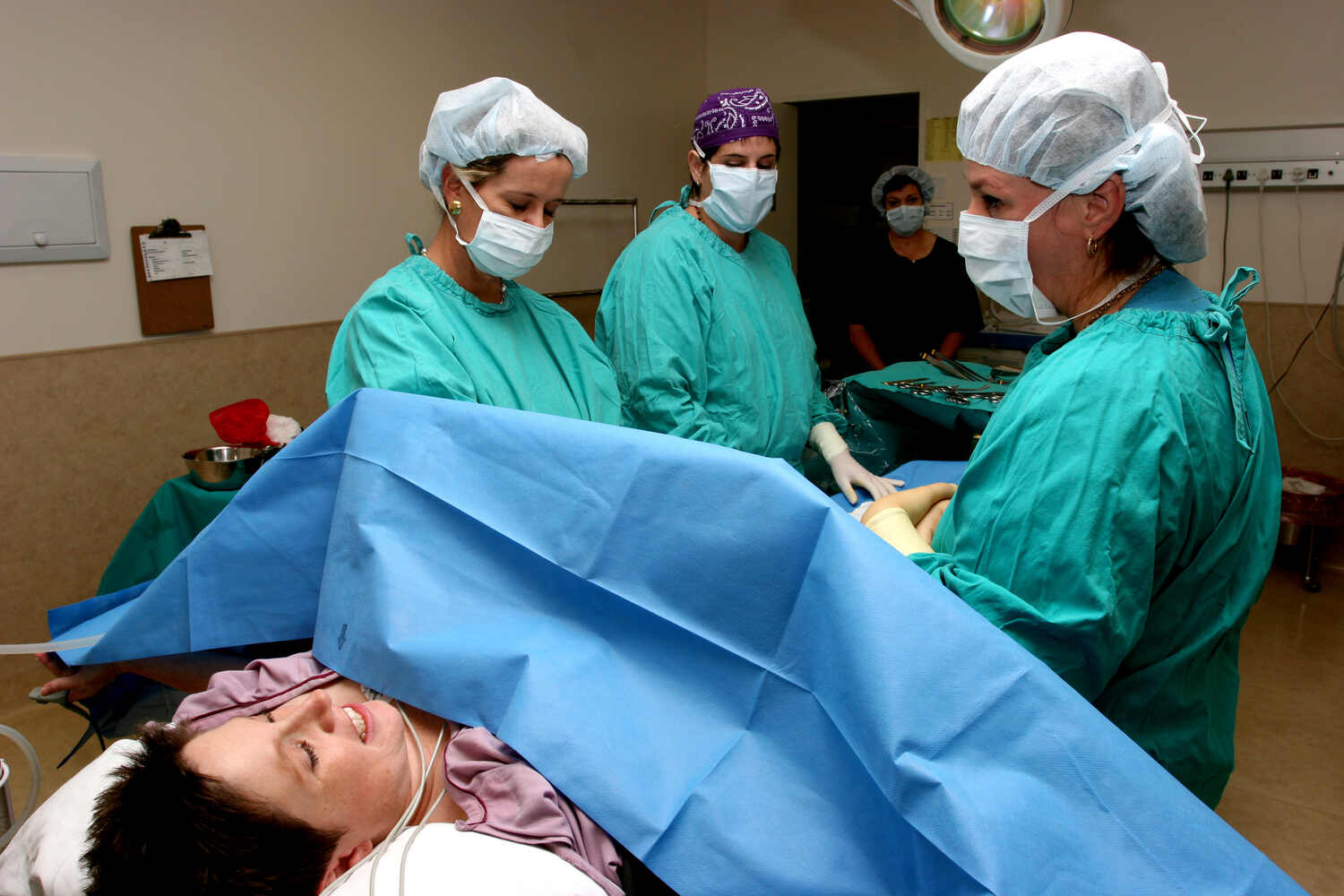 Pregnancy is a magical time filled with hopes and dreams, but for some moms-to-be, there’s a thing called uterine fibroids that might pop up. These fibroids are like small lumps in the uterus, usually not causing trouble, but uterine fibroids during pregnancy can create some challenges for the pregnant mother.
Pregnancy is a magical time filled with hopes and dreams, but for some moms-to-be, there’s a thing called uterine fibroids that might pop up. These fibroids are like small lumps in the uterus, usually not causing trouble, but uterine fibroids during pregnancy can create some challenges for the pregnant mother.
As moms-to-be get ready for the adventure of motherhood, understanding uterine fibroids becomes really important. This article is like a friendly guide, explaining in an easy way how these growths can mix with the excitement of pregnancy. Whether you’re a mom getting ready for the baby or someone giving a helping hand, we’re here to make the connection between uterine fibroids and pregnancy a bit easier to grasp.
In This Article
- What Are Uterine Fibroids?
- Who Gets Fibroids?
- Types Of Uterine Fibroids During Pregnancy
- Symptoms Of Uterine Fibroids During Pregnancy
- How Is Uterine Fibroids Diagnosed?
- Complications Of Uterine Fibroids During Pregnancy
- Side Effects Of Uterine Fibroids During Pregnancy
- Treatment Options For Uterine Fibroids During Pregnancy
- FAQ’s
What Are Uterine Fibroids?
Fibroids are like little muscle lumps that grow in the wall of the uterus, sometimes called “myomas” [1]. Good news – They’re almost always NOT cancerous! Some women with fibroids don’t even feel them because not everyone gets symptoms.
Imagine fibroids as a mix of small and big – from tiny, like an apple seed, to quite big, like a grapefruit. Occasionally, they can get really, really big, but that’s NOT super common. So, while fibroids are usually harmless, it’s good to know about these little quirks in the uterus!
Who Gets Fibroids?
Uterine fibroids are pretty common, with about one in five women experiencing them during their childbearing years. By the age of 50, approximately half of all women may have fibroids [1][2].
Age Factor
Fibroids are rare in women under 20 but become more common as women age, especially during the 30s and 40s. After menopause, fibroids typically shrink.
Family Connection
Having a family member with fibroids increases your risk. If your mom had fibroids, your risk is about three times higher than average.
Weight Influence
Extra weight comes with a cost! Being overweight doubles or even triples the fibroid risk.
Dietary Impact
Eating a lot of red meat, like beef, and ham is linked to a higher risk of fibroids. On the flip side, consuming plenty of green vegetables appears to protect against developing fibroids.
Ethnic Variation
Fibroids are more common in African-American women compared to White, Hispanic, or Asian women.
Types Of Uterine Fibroids During Pregnancy
 Fibroids come in different sizes and shapes, making a diverse team inside the uterus. They can change over time, growing, shrinking, or staying the same size, adding a dynamic touch to the mix.
Fibroids come in different sizes and shapes, making a diverse team inside the uterus. They can change over time, growing, shrinking, or staying the same size, adding a dynamic touch to the mix.
Types of Fibroids [2] [3] based on their location within the uterus::
Submucosal Fibroids: Think of them as guests beneath the uterine lining.
Intramural Fibroids: These are the ones that prefer hanging out in the muscle walls of the uterus.
Subserosal Fibroids: They set up their camp on the outside of the uterus.
Pedunculated Fibroids: Imagine them as little explorers on a stalk, whether inside or outside the uterus.
Understanding these different types is key because they might show different symptoms and affect reproductive health in various ways.
Symptoms Of Uterine Fibroids During Pregnancy
Uterine fibroids, though typically benign, can introduce a unique set of symptoms during pregnancy [4].
- Increased urine frequency
- Lower abdominal pain
- Vaginal bleeding
- Pressure sensations
- Abdominal heaviness
It’s important for pregnant individuals experiencing any of these symptoms to consult with their healthcare providers for proper assessment and guidance.
How Is Uterine Fibroids Diagnosed?
 Diagnosing uterine fibroids during pregnancy is a careful process due to its complexities. Healthcare providers primarily use two methods:
Diagnosing uterine fibroids during pregnancy is a careful process due to its complexities. Healthcare providers primarily use two methods:
Physical Examination
Providers may physically examine the uterus for irregularities or enlargement. However, this method’s accuracy, especially for smaller fibroids, is limited.
Ultrasound
This is a crucial diagnostic tool during pregnancy. It utilizes sound waves to create real-time images of the uterus, helping identify the presence and size of fibroids. While it may not catch every fibroid, it provides valuable data. Challenges stem from the challenge of distinguishing fibroids from the normal physiological swelling of the myometrium that occurs during pregnancy.
This complex diagnostic journey requires a balanced approach, combining various tools for accurate assessments by healthcare providers.
Complications Of Uterine Fibroids During Pregnancy
Pregnancy with uterine fibroids is common, and while most women experience a healthy journey, it’s essential to be aware of potential considerations without causing unnecessary worry [1][2] [5]. Here are some aspects to keep in mind:
Possibility of Early / Preterm Delivery
Fibroids may lead to early delivery, but many pregnancies with fibroids progress smoothly to full term. Postpartum Bleeding: Heavy bleeding after birth is a potential concern.
Increased C-Section Likelihood
The risk of needing a cesarean section is higher with fibroids, but it’s a common and well-handled procedure.
Baby’s Positioning
Fibroids may contribute to the baby being in a breech position.
Placental Abruption
Though there’s a slightly increased risk, routine monitoring helps detect and manage any placental issues.
Remember, many women with fibroids have uncomplicated pregnancies. Open communication with your healthcare team ensures personalized care, addressing any concerns effectively.
Side Effects Of Uterine Fibroids During Pregnancy
 While many women with uterine fibroids have smooth pregnancies, some studies suggest possible associations with certain outcomes [1][5]. Keep in mind:
While many women with uterine fibroids have smooth pregnancies, some studies suggest possible associations with certain outcomes [1][5]. Keep in mind:
Spontaneous Miscarriage
There might be a slightly increased risk, but most pregnancies proceed without issues.
Preterm Labor
Higher chances of delivering prematurely associated with the presence of fibroids
Placenta Abruption
A small increase in risk for early detachment of the placenta, but routine monitoring helps manage it.
Malpresentation
Fibroids might be linked to a higher likelihood of the baby not positioning optimally for delivery.
Labor Dystocia
Some evidence suggests possible challenges in labor progression, but not a universal experience.
Cesarean Delivery
Women with fibroids may have a slightly increased chance of needing a cesarean section, a common and safe procedure.
Postpartum Hemorrhage
A slight increase in the rate of excessive bleeding after childbirth has been noted in some studies.
Treatment Options For Uterine Fibroids During Pregnancy
Deciding on the best approach for treating uterine fibroids involves considering key factors like age and overall health, fibroid symptoms, details about the fibroids like their location, size plays a significant role in tailoring the treatment plan to your specific situation. [5] [6] [7]. Family planning goals are considered, as certain treatments may impact fertility. For those without symptoms, regular check-ups ensure well-being. Below are some of the treatment approach followed by many healthcare provider.
Conservative Approach
Fibroid-related pain in pregnancy is usually managed conservatively. This includes bed rest, staying hydrated, and occasionally using pain relievers. Be Cautious with Medications. Some pain medications, especially nonsteroidal anti-inflammatory drugs (NSAIDs), need caution during pregnancy to avoid potential risks to the baby.
Surgical Management – Myomectomy:
Myomectomy, a surgery to remove fibroids, might be considered before pregnancy in specific situations often in the second trimester. Performing myomectomy during cesarean delivery is generally avoided due to the risk of severe bleeding. However, often it is a Case-by-Case Decision where no set guidelines exist; decisions for cesarean myomectomy are case-specific, prioritizing safety.
FAQ’s
1. Can A Woman With Fibroid Give Birth Naturally?
Absolutely! Having fibroids doesn’t mean missing out on natural birthing. For many women, it’s like a fibroid puzzle, the size, number, and location decide how it goes. Sometimes, it’s a smooth ride to a natural delivery, but it’s a personal story for every uterus.
2. Can Fibroid Be Removed During Delivery?
Yes, fibroids can be removed during delivery, particularly if they are causing complications or obstructing the birthing process. This procedure is known as myomectomy during cesarean section.
References –
- Uterine fibroids
https://www.womenshealth.gov/a-z-topics/uterine-fibroids - Uterine fibroids
https://medlineplus.gov/ency/article/000914.htm - About Uterine Fibroids
https://www.nichd.nih.gov/health/topics/uterine/conditioninfo - Uterine fibroids in pregnancy
https://www.ncbi.nlm.nih.gov/pmc/articles/PMC6293543/#CR19 - Contemporary Management of Fibroids in Pregnancy
https://www.ncbi.nlm.nih.gov/pmc/articles/PMC2876319/ - What are the treatments for uterine fibroids?
https://www.nichd.nih.gov/health/topics/uterine/conditioninfo/treatments - Myomectomy at cesarean section: A safe option
https://www.ncbi.nlm.nih.gov/pmc/articles/PMC5192205/
